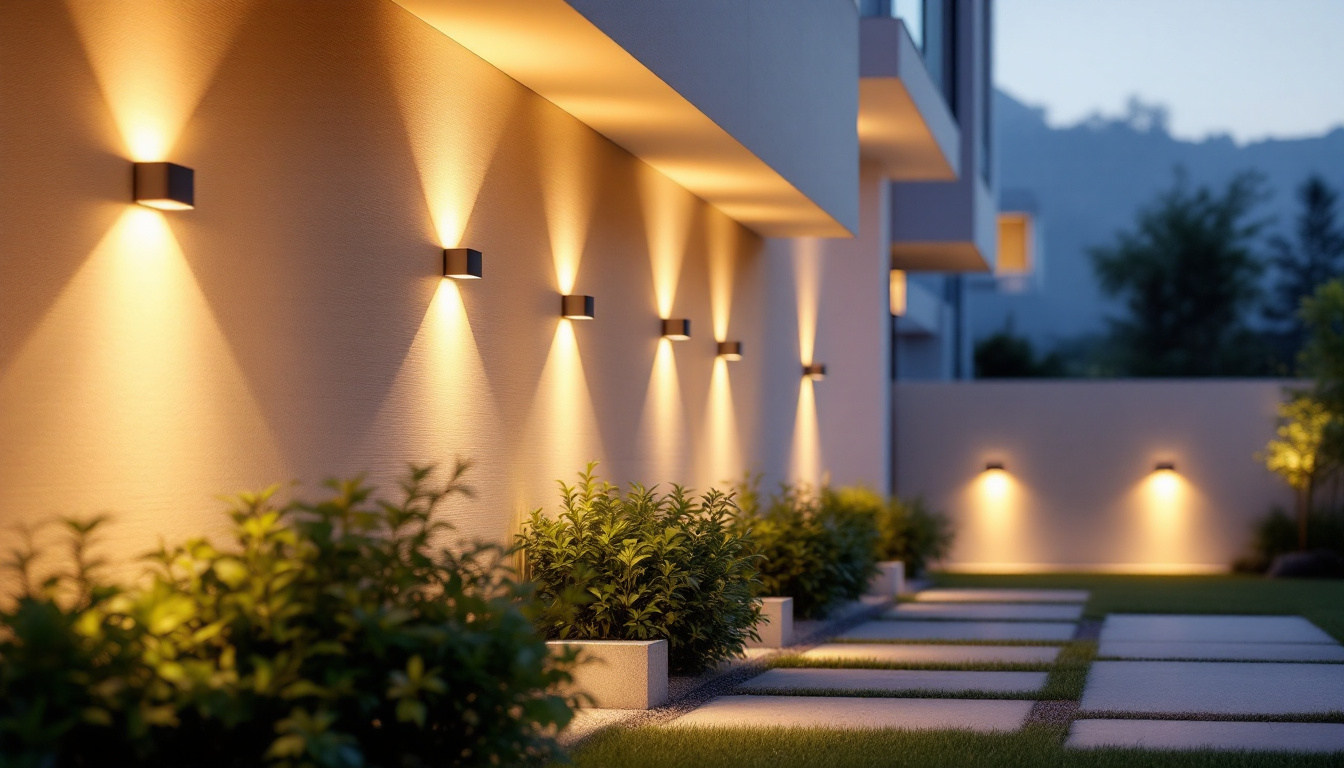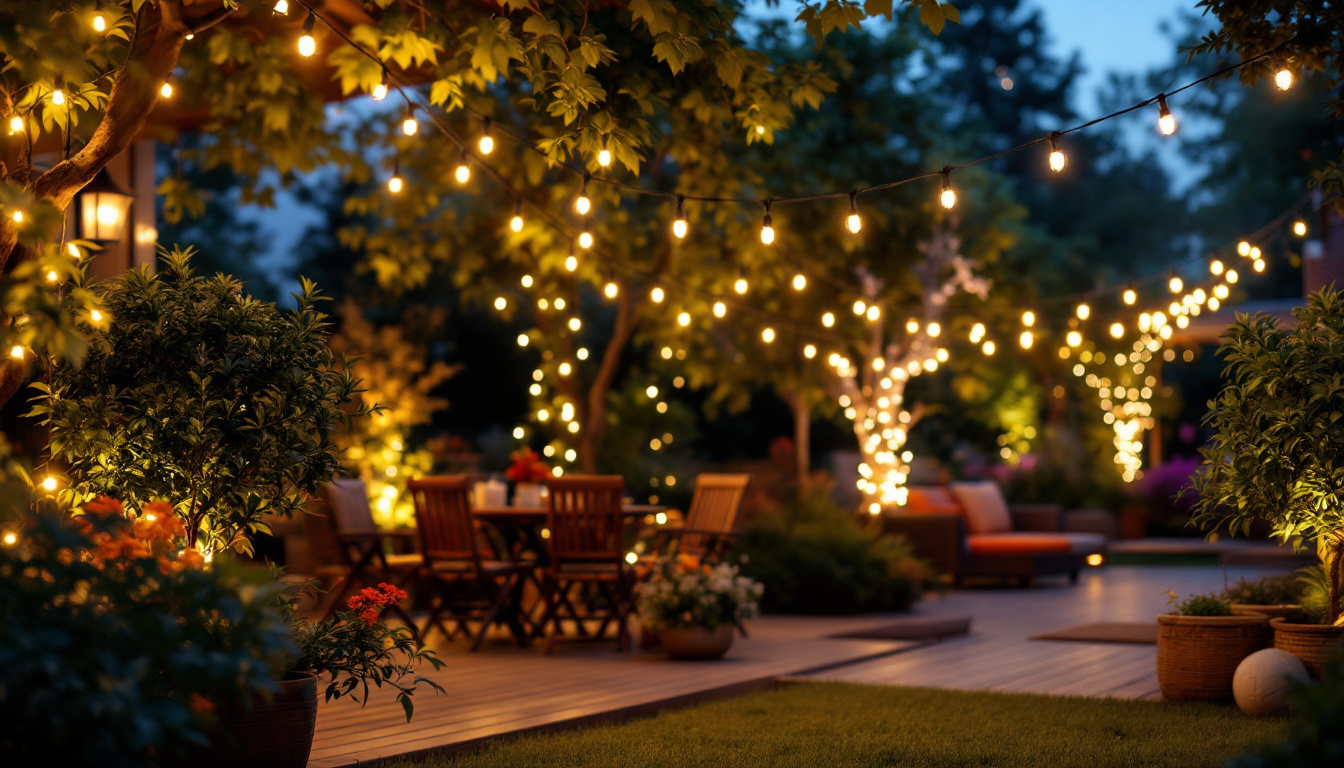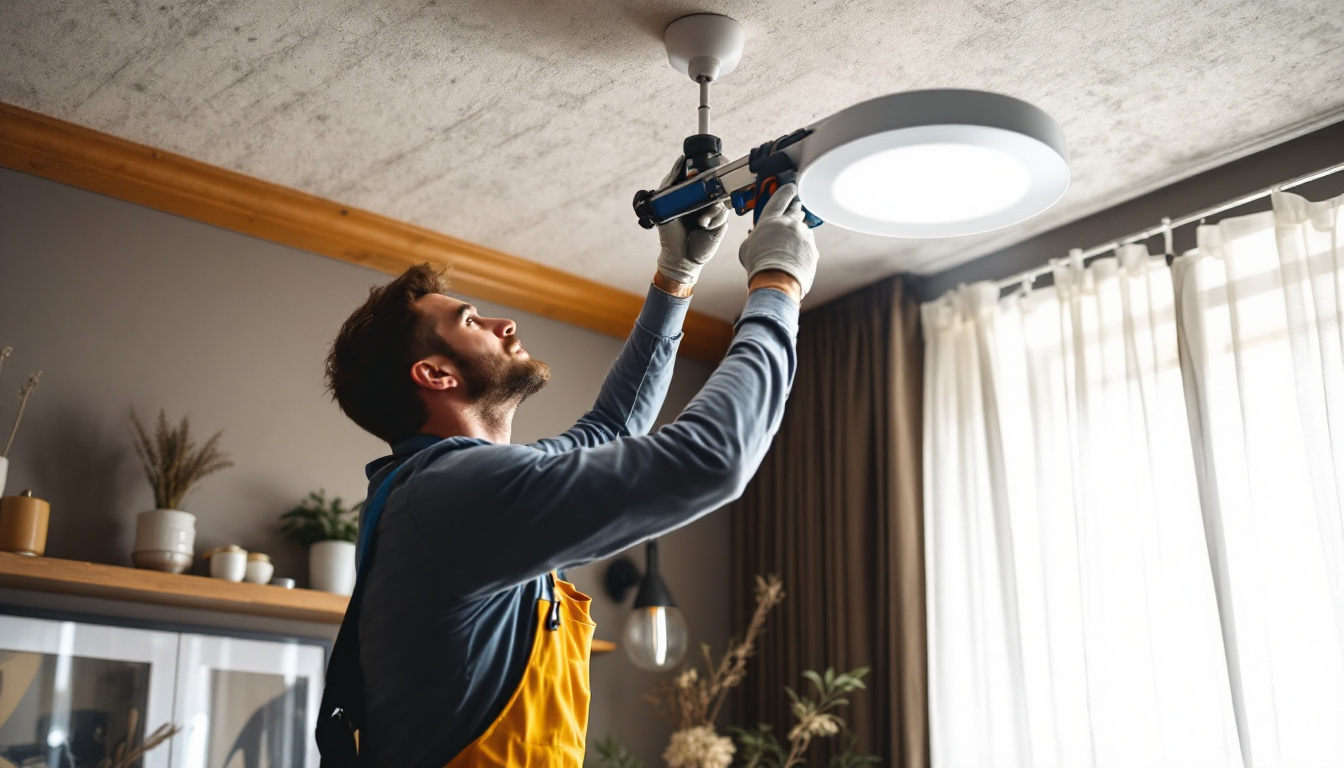

In the ever-evolving world of lighting design, hanging lamps have emerged as a prominent choice for both residential and commercial spaces. Their versatility and aesthetic appeal make them a favorite among homeowners and designers alike. However, for lighting contractors, understanding the intricacies of hanging lamp parts can significantly enhance their service offerings and improve overall project outcomes. This article delves into the essential components of hanging lamps, their benefits, and how they can transform the lighting landscape for contractors.
Hanging lamps consist of various components that work together to create a functional and visually appealing lighting solution. Each part plays a crucial role in the lamp’s performance and design. Familiarity with these components allows lighting contractors to make informed decisions when selecting fixtures for their projects.
The shade is often the most visible part of a hanging lamp, contributing significantly to its overall aesthetic. Shades come in various materials, including glass, fabric, metal, and even natural elements like wood or bamboo. The choice of shade can affect not only the lamp’s appearance but also the quality of light it emits. For instance, a frosted glass shade diffuses light softly, creating a warm ambiance, while a clear glass shade allows for a more direct illumination.
Contractors should consider the design style of the space when selecting shades. A modern space may benefit from sleek, geometric shades, while a rustic setting might call for more organic shapes and materials. Understanding the interplay between the shade and the surrounding decor can enhance the overall design scheme.
The socket is the component that holds the light bulb and connects it to the electrical system. There are various types of sockets, including standard, medium, and candelabra sizes, each designed for different bulb types. Choosing the right socket is crucial for ensuring compatibility with the selected bulb, which can range from incandescent to LED options.
Moreover, the socket’s design can impact the lamp’s functionality. Some sockets offer features like dimming capabilities or smart technology integration, allowing for greater control over the lighting environment. Lighting contractors should stay informed about the latest socket technologies to provide clients with innovative solutions that meet their needs.
The chain or rod is the component that suspends the lamp from the ceiling. This part not only serves a functional purpose but also contributes to the lamp’s design aesthetic. Chains can be made of metal, while rods may come in various finishes and lengths, allowing for customization based on the height of the ceiling and the desired look.
When selecting chains or rods, contractors should consider the weight of the lamp and the ceiling height. Proper installation is essential to ensure safety and stability. Additionally, adjustable rods or chains can offer flexibility in design, allowing for changes in height as needed.
For lighting contractors, a deep understanding of hanging lamp parts can lead to numerous advantages. This knowledge not only enhances the quality of installations but also improves customer satisfaction and opens up new business opportunities.
When contractors are well-versed in the various components of hanging lamps, they can ensure a higher quality of installation. Understanding how each part interacts allows for more precise adjustments, leading to better alignment and functionality. This attention to detail can result in a finished product that meets or exceeds client expectations.
Moreover, a thorough understanding of lamp components enables contractors to troubleshoot issues more effectively. Whether it’s a flickering bulb or a loose socket, being knowledgeable about the parts allows for quicker resolutions, minimizing downtime and enhancing the overall service experience.
Clients appreciate contractors who can offer expert advice on lighting solutions. By understanding the nuances of hanging lamp parts, contractors can provide tailored recommendations that align with their clients’ needs and preferences. This personalized approach can foster trust and lead to repeat business.
Furthermore, educating clients about the different components can empower them to make informed decisions. When clients feel involved in the process, they are more likely to be satisfied with the final outcome. This can lead to positive word-of-mouth referrals, which are invaluable in the competitive lighting industry.
Knowledge of hanging lamp parts can open up new avenues for service offerings. Contractors can expand their repertoire to include custom lamp design, repair services, or even consultations on lighting design. By positioning themselves as experts in the field, contractors can attract a broader client base and increase revenue streams.
Additionally, staying updated on the latest trends and technologies in lamp components can provide a competitive edge. As the lighting industry evolves, being at the forefront of innovation can set contractors apart from their competitors.
Selecting the appropriate hanging lamp parts for a project involves careful consideration of various factors. From the client’s preferences to the specific requirements of the space, each decision can impact the final result. Here are some key considerations to keep in mind.
The first step in choosing hanging lamp components is to ensure aesthetic compatibility with the surrounding decor. The style, color, and material of the lamp should harmonize with the overall design scheme. Whether the space is modern, traditional, or eclectic, the lamp should enhance the existing elements rather than clash with them.
Contractors can create mood boards or design mock-ups to help clients visualize how different components will work together. This collaborative approach can lead to more satisfying outcomes and a stronger client-contractor relationship.
Beyond aesthetics, the functional requirements of the space must also be considered. For instance, a kitchen may require bright, direct lighting for tasks, while a living room might benefit from softer, ambient lighting. Understanding the intended use of the space can guide the selection of lamp parts that fulfill these needs.
Additionally, factors such as ceiling height and room dimensions can influence the choice of hanging lamp components. A larger room may require multiple fixtures or larger shades to ensure adequate illumination, while smaller spaces might benefit from more compact designs.
In today’s environmentally conscious market, energy efficiency is a significant consideration. Contractors should prioritize components that support energy-efficient lighting solutions, such as LED bulbs and fixtures designed for optimal energy use. This not only benefits the environment but can also lead to cost savings for clients in the long run.
Moreover, selecting sustainable materials for lamp components can appeal to eco-conscious clients. By offering options that align with sustainable practices, contractors can differentiate themselves in a crowded marketplace.
Once the appropriate hanging lamp parts have been selected, proper installation is crucial for ensuring safety and functionality. Adhering to best practices can help contractors deliver high-quality results that clients will appreciate.
Safety should always be the top priority during installation. Contractors must ensure that all electrical connections are secure and comply with local building codes. Using the correct tools and techniques for installation can prevent accidents and ensure the longevity of the fixture.
Additionally, it is essential to assess the structural integrity of the ceiling before hanging a lamp. Ensuring that the mounting hardware is suitable for the weight of the fixture is critical to prevent any potential hazards.
The height at which a hanging lamp is installed can significantly impact its effectiveness and aesthetic appeal. As a general rule, pendant lights should hang approximately 30 to 36 inches above a dining table, while larger fixtures may require adjustments based on the room’s design.
Contractors should also consider the placement of the lamp in relation to other elements in the room. Ensuring that the lamp does not obstruct views or create glare is essential for maintaining a comfortable environment.
After installation, testing the lamp to ensure it functions correctly is a vital step. Checking the light output, dimming capabilities, and any smart features should be part of the final walkthrough with the client. This not only confirms that the installation is successful but also provides an opportunity to make any necessary adjustments before the project is completed.
Encouraging clients to test the lighting in different scenarios can also help gauge their satisfaction. This collaborative approach can lead to valuable feedback and ensure that the final product meets their expectations.
The world of lighting design is constantly evolving, with new trends and technologies emerging regularly. Staying informed about these changes can help lighting contractors remain competitive and offer cutting-edge solutions to their clients.
Smart lighting technology is becoming increasingly popular, allowing users to control their lighting through mobile apps or voice commands. Integrating smart components into hanging lamps can enhance functionality and provide clients with greater control over their lighting environment.
Contractors who are knowledgeable about smart lighting options can offer clients innovative solutions that align with their lifestyle and preferences. This can include features like remote dimming, color-changing bulbs, and scheduling capabilities.
As sustainability continues to be a priority for many consumers, the demand for eco-friendly materials in lighting design is on the rise. Contractors should explore options for sustainable lamp components, such as recycled materials or energy-efficient bulbs, to meet this growing demand.
Incorporating sustainable practices not only benefits the environment but can also enhance a contractor’s reputation as a responsible and forward-thinking professional. This can lead to increased client loyalty and new business opportunities.
Clients are increasingly seeking unique and personalized lighting solutions that reflect their individual style. Offering customizable hanging lamp options can set contractors apart from competitors and cater to this demand.
Whether through bespoke designs or a range of interchangeable components, providing clients with the ability to tailor their lighting can lead to greater satisfaction and a more memorable client experience.
Understanding hanging lamp parts is a game-changer for lighting contractors, offering numerous benefits that can enhance installation quality, improve customer satisfaction, and expand service offerings. By staying informed about the various components and their functions, contractors can make informed decisions that lead to successful projects.
As the lighting industry continues to evolve, embracing new trends and technologies will be essential for contractors looking to remain competitive. By prioritizing safety, aesthetics, and functionality, lighting professionals can create stunning and effective lighting solutions that meet the diverse needs of their clients.
In a world where lighting plays a pivotal role in design and ambiance, mastering the art of hanging lamp components can truly set contractors apart and position them for success in an ever-changing market.
Ready to elevate your lighting projects with the finest hanging lamp parts? Look no further than LumenWholesale, where we provide lighting contractors with spec-grade lighting products at unbeatable wholesale prices. Say goodbye to local distributor markups and hello to our extensive selection that meets the highest industry standards. With free shipping on bulk orders, you can trust that you’re getting premium lighting at the best value — no hidden fees, no compromises. Enhance your service offerings with quality, affordability, and convenience. Visit LumenWholesale today and experience the difference in every installation.

Discover essential tips and insights for lighting contractors on selecting and installing outdoor LED wall downlights.

Illuminate your projects with our comprehensive guide on solar powered outdoor lights.

Discover essential tips for lighting contractors to enhance outdoor spaces with string lighting.

Discover the must-have tools for lighting contractors working with canopy light fixtures.
Get notified when NEW deals are released.
Optimize your budget with wholesale discounts.
Only top-quality, specification-grade lighting products.
No additional costs at checkout - what you see is what you pay.
We understand the unique needs of contractors.